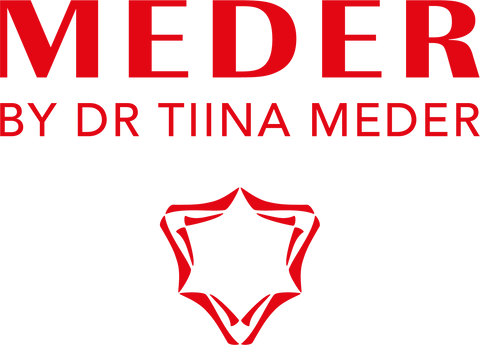Centella asiatica is the official botanic denomination of this peculiar plant. In Asia it has many names: Mandukaparni, Brahmamanduki, Ondelaga, Ekuparni, Timori, Indian pennywort and dozens of others, the most well known being Gotu Kola or Tiger Grass. In India, Africa and China, for thousands of years, it has been considered practically a cure-it-all remedy.
Traditional Chinese, Malaysian and Indian medicine have been using centella for over 3000 years.
Centella is mentioned in the most ancient manuscripts. Legend has it that people were taught to use centella by a tiger. A wounded animal would find a spot where centella grows and roll in it until the wounds healed.
An ancient Sinhalese saying goes: “Eat two leaves of mandukparni a day, and you’ll cheat age”. Ayurveda puts Gotu Kola in the brahma category, as a plant of higher order able to prolong life. Centella leaves are shaped somewhat similar to human brain with their twin hemispheres, which, according to Ayurvedic beliefs, means that centella helps preserve wisdom.
In the 1930s French botanist Pierre Boiteau was very fond of Madagascar. Once he was invited by doctor Charles Grimes to visit leprosarium Manankavaly, one of the infamous Madagascar "attractions" of the time. Boiteau was the only European who spoke Malagasy, the local tongue, which helped him gain the trust of a local wise man, who treated the lepers with traditional remedies. Boiteau was able to identify six plants used by the healer. Centella asiatica was one of them.
The headstrong botanist insisted on an official investigation into the healing properties of traditional medicine, and the clinical trials began in 1937. In 5 years, in 1942, another Frenchman, a chemist named Bontemps, discovered in centella leaf extract a substance, which he called Asiaticoside.
In 1942 Bontemps in collaboration with a Madagascar scientist Albert Rakoto Ratsimamanga released the first healing ointment based on centella, which they called Madecassol. The most famous article about Centella Asiatica use in medicine was published in 1956.
This medicine became so popular that the money from its sales was enough for the creators to establish the Malagasy Institute of Applied Research, still active today. In 1982 the Madagascar Post Office printed a special stamp to honour Boiteau’s contribution.
At the end of the XX century modern science confirmed that Malagasy healers were correct in their prescription.
Asiaticoside helps destroy lepra mycobacteria which cause leprosy.
It turned out that asiaticoside could also be used to treat another formidable infection, known for its drug resistance — cutaneous tuberculosis.
Centella Asiatica is widely used in skincare today.
Centella extract is favoured for the wide variety of its healing effects on the skin. The main reactants of centella extract are saponins or triterpenoids, asiaticoside one of them. But centella extract also contains sterols, tannins, flavonoids, fatty acids and even amino acids (lysine, alanine, serine, amino butyrate, aspartate, glutamate and threonine). One of saponin’s best qualities is its ability to impact the synthesis of collagen type 1 and 3. Apparently this is the reason for centella’s healing properties. Phytosterols, fatty acids and amino acids help restore the skin’s barrier functions and its natural ability to retain moisture, while reducing the skin’s sensitivity.
Centella has anti-inflammatory and healing effect, strengthens the capillaries and helps restore damaged & varicose veins.
Regular use of skincare with centella asiatica strengthens blood vessels and restores circulation even in the smallest capillaries, which is especially important for mature and damaged skin. Centella also reduces puffiness and draws excessive liquid out of the skin and hypodermic fatty tissue, which allows it to be used for anticellulite treatments, among other things.
Centella Asiatica is one of Meder Beauty's favourite ingredients used in professional treatments as well as home care products.
Soin-Apax serum for sensitive skin contains a large dose of Madagascar centella extract. Calms down irritation and sensitivity, strenghtens fragile capillaries and prevents skin redness.
Two of Meder sheet masks have centella extract in them. Red-Apax anti-redness mask soothes skin and relieves inflammation, discomfort and irritability. Lipo-Oval face slimming mask calms skin, reduces blotches and soothes inflammation.





